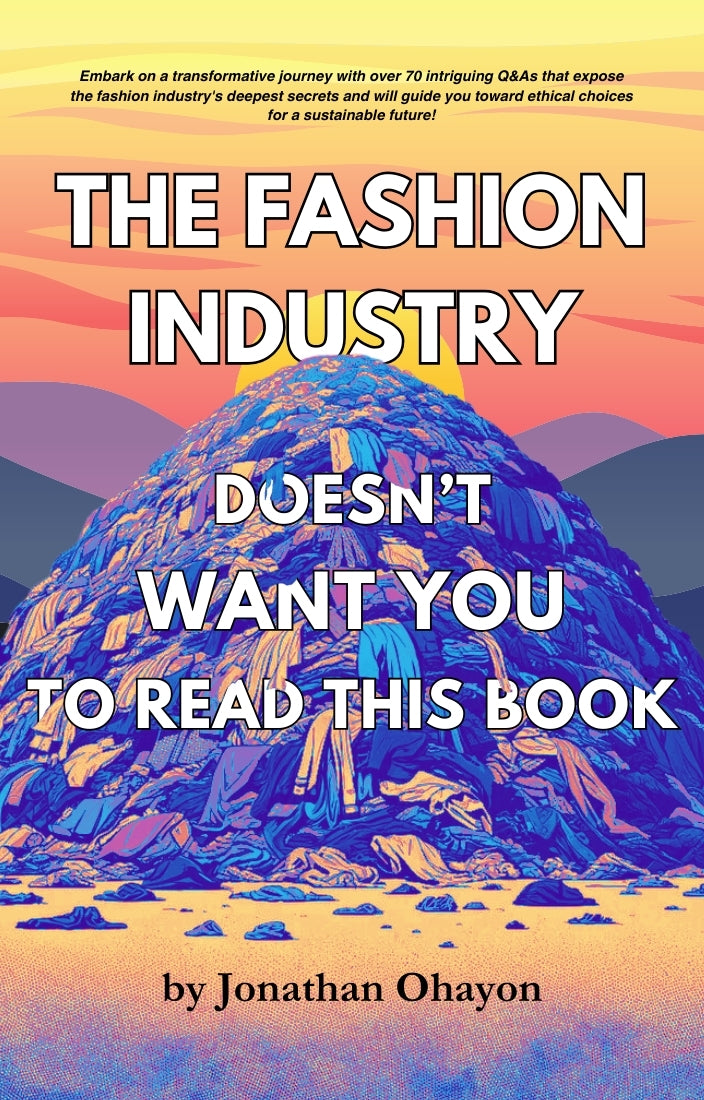Animal leather is highly used in the fashion world; for apparel, fashion items, furniture, and transportation interior.
The list of the animals used for leather is very long: all types of hides (cows, bulls, etc.), horses, pigs, goats, sheep, alligator, alpaca, antelope, armadillo, bear, buffalo, caiman, camel, deer, dog, elk, frog, giraffe, hippo, kangaroo, moose, mules, ostrich, rabbit, seal, shark, snake, wallaby, walrus, yak, zebra and probably many more unheard of.
This list is overwhelming, but we believe it is time to name the victims of this horrible practice. Leather does not only kill billions of animals each year for human consumption, but it is also responsible for both human health issues and pollution.
HOW IT’S DONE?
“The pulse of fashion”, a study made by global fashion agenda, proves that the production of animal products has, by far, the worst impact on our environment.
Below we will explain the process of how an animal is made into leather.

“The pulse of fashion”
ANIMALS
The process of leather is very lengthy and complicated. It starts with the animal being bred to more and more victims. Many of these animal skins come from slaughterhouses that produce meat for human consumption. Many of these animals are kept in confined places and force-fed until industry finds them profitable (large and unhealthy). Raising animals alone takes tons of resources such as food, water, and land (just like animal agriculture). The suffering that these animals go through just for their skin and bones is horrendous. As animal and fashion lovers, this is something we do not tolerate.
The process to make their skin into leather begins after the animal is killed and skinned (sometimes skinned alive).

HUMANS
First, workers will cure the skin. This term in the leather industry means that the skin needs to be preserved in some form for it to not deteriorate. They do this by freezing, salting, chilling, etc. This process takes up a lot of energy and human labor work.
Second, Soaking is done where the skin is soaked in water for several days (water usage is really high and water pollution is a huge problem that is overlooked in the industry).
Third, there are about six different processes that are too complicated and lengthy to describe which is to clear the skins from hair, oil, grease, and other debris (skin tissues). This process uses acids, salts, water, and solvents and both machines/humans do this work (often workers are not protected from the harmful chemicals).
ENVIRONMENT
Fourth, Tanning is the process where the skin is turned into a stable material using chromium, aldehydes, oils, and other harmful chemicals that are known to be the result of water pollution in the areas where this process is being done. The health of the people who handle this process is also another concern as people’s health is jeopardized every day.
The water used during this process is not properly handled, which is an environmental concern. These chemicals end up in rivers where kids play and where sea life depends on clean livable water. These polluted water are toxic for the fishes and those who consume them.

Lastly, it does not end here, there are multiple processes after the tanning to get color (dyeing) and textures ready for fashion items or sale.
This is the reality of the animal leather industry. It is a practice that is not only affecting billions of innocent beings, it also marks humans and our planet.
WHAT TO DO?
As FAKERS this is a subject, we all need to be interested in and increase our knowledge in order to support brands producing vegan and sustainable leather alternatives! We know a sustainable and cruelty-free world is possible, which is why we are curating a list with vegan and ethically made materials that today are changing the fashion world.
Check the FAKER designers HERE and vote with your money 💚
------------------------------------------------------


